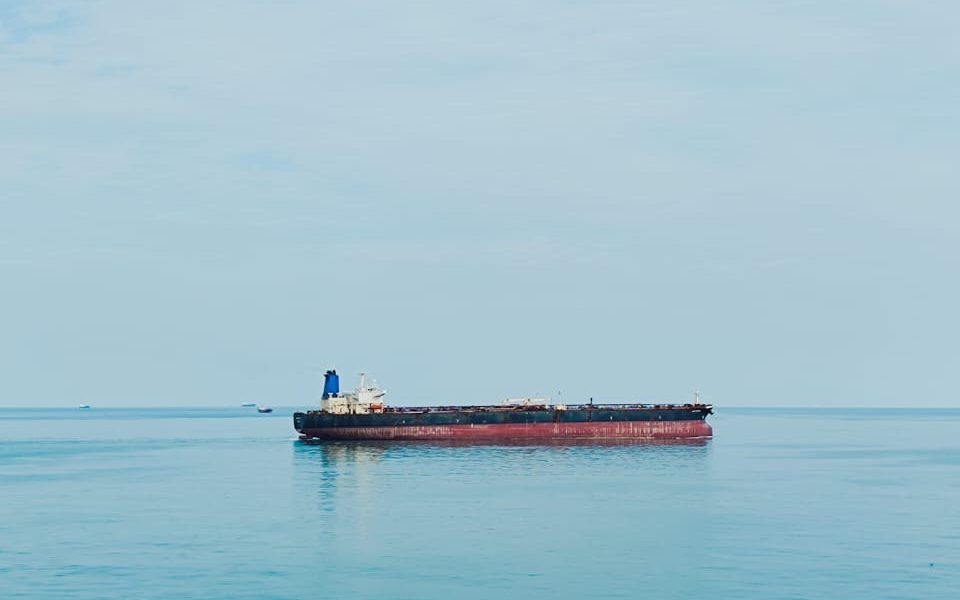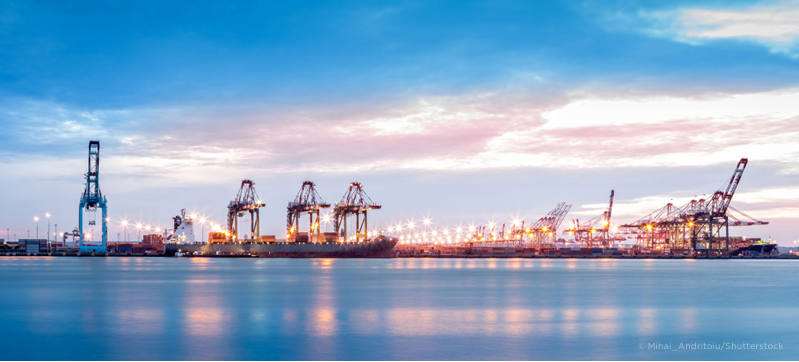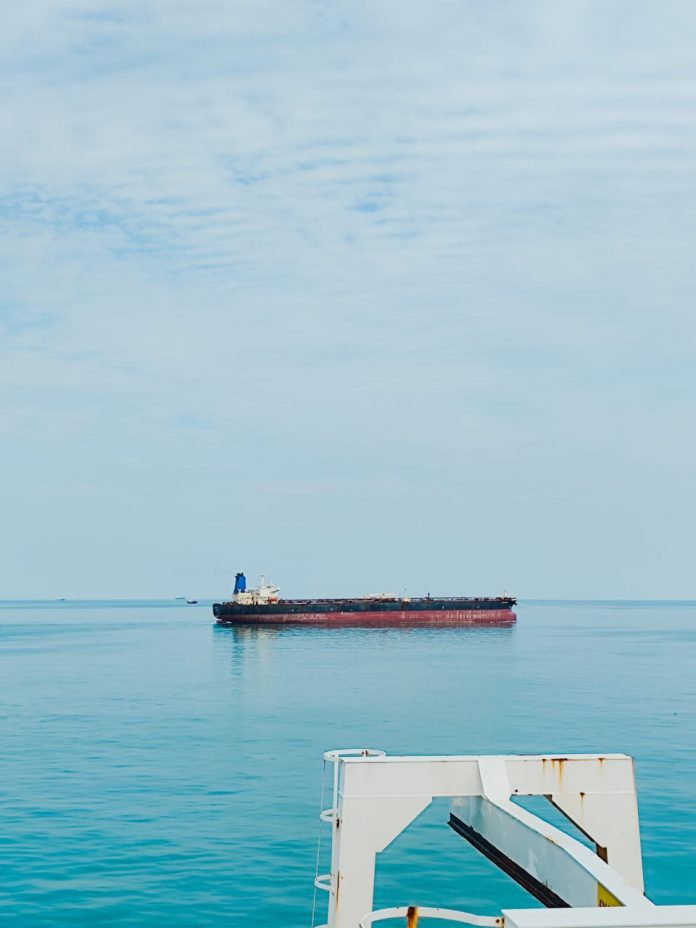Where the world debates over the carbon footprint produced by the maritime sector, what is the reason why we are not practically implementing clean fuels to sustain a green economy? Why is it that hydrogen, methanol and ammonia are talked about so much but seen around so much as negligible? We could read about the research vessels and alter the cost-efficiency according to the needs of the industry and yet be unable to find adequate green fuel. Ammonia being an ally, displays a series of challenges yet to be conquered as detailed below.

Credit: Badal M @lifewithbadal
Combustion
Ammonia handling in ships is sufficiently feasible as it has already been handled as cargo and reductant in Selective Catalytic Reduction (SCR) systems for many years. Ammonia as fuel for IC engines is under development. A challenge inherent in its combustion is the large percentage of pilot fuel required for ignition, an alternative to which can be provided through fuel cells. Slow flame velocity, ignition temperature, narrow flammability range and lower heat of combustion are issues for ammonia ignition. Engine control strategies by engine manufacturers can address these issues. The advent of electronic engine controls and existing DF technologies, including the Diesel process used by MAN Energy Solution’s ME-LGI engines shows promise in addressing these issues shortly.
Flammability
Ammonia can react with halogens, interhalogens and oxidizers and may cause violent reactions or explosions. Therefore, ammonia should be stored in a cool, well-ventilated location, away from the source of ignition, and separate from other chemicals, particularly oxidizing gases (chlorine, bromine, and iodine) and acids. Dilution systems may be utilized to avoid the flammability range of ammonia, large ammonia fires can be extinguished through water spray, fog, or foam, but care needs to be taken to prevent environmental contamination from diluted water/runoff.
Corrosion
Ammonia is incompatible with various industrial materials, and in the presence of moisture reacts with and corrodes copper, brass, zinc and various alloys forming a greenish/blue color. This increases drag as the hull gets corroded increasing the ton-mile hence reducing the efficiency of the fuel. Ammonia is an alkaline reducing agent and reacts with acids, halogens and oxidizing agents. Materials are to be carefully selected when ammonia is used onboard a vessel. Iron, steel and specific non-ferrous alloys resistant to ammonia should be used for tanks, pipelines and structural components where ammonia is used. Stress corrosion cracking is induced and proceeds rapidly at high temperatures in steel when oxygen levels of more than a few ppm in liquid ammonia are introduced. The IGC Code outlines the requirements for piping components, cargo tanks and equipment in contact with ammonia liquid or vapour.
Volume occupation as a challenge
As ammonia has low energy content it will require larger tanks for storage and their location on board will be a critical design factor. When ammonia is used as a fuel, the changes in vessel arrangement are dependent on the location and type of the ammonia tank/containment system. Cargo capacity also is expected to decrease based on the use of ammonia combustion engines or ammonia fuel cell arrangements employed. The additional space for fuel, due to lower energy density, may require larger vessel sizes, decreased cargo space or more frequent bunkering. Novel power generation systems such as fuel cells may also change the architecture of the current engine room. Thus decrease in cargo capacity may be compensated through fuel cells by additional space in the engine room.

Craft Design
For ammonia-fueled vessels, the specific vessel arrangements will vary depending on the actual fuel pressure and temperature settings of the fuel. The prime mover selected and fuel storage conditions will also affect vessel design. The link between fuel storage, fuel preparation and fuel consumption is much more interdependent than with conventional fuels. Equipment and system design decisions must consider this interdependence. For ammonia-fueled ships, the main systems that require different or additional concepts in ship designs are the ammonia fuel containment system, associated ammonia bunker station and transfer piping, a fuel supply system, boiloff gas handling, reliquefication, gas valve unit/train, nitrogen generating plant, vent piping systems and masts, and for some ammonia tank types, additional equipment for managing tank temperatures and pressure. Deluge systems, personal protective equipment, independent ventilation for ammonia spaces, emergency extraction ventilation and closed fuel systems may also be required. A practical ammonia tank location that does not compromise safety or cargo capacity and operations is a challenge.
Ammonia requires about 2.4 times more tank volume than Heavy Fuel Oil (HFO) to generate the same energy. Ammonia tanks need to comply with the requirements of the IGC (The International Code of the Construction and Equipment of Ships carrying Liquified Gases in Bulk) and IGF(International Code of Safety for Ships using Gases or other low-flashpoint fuels) Codes on minimum distances from the hull’s shell, accommodation space, design and safety requirements, etc. The IGC Code contains specific material requirements for ammonia fuel containment under Section 17.12 and these would be expected to be applied, as applicable, for marine fuel storage tanks
Fuel Supply
The purpose of the fuel supply system (FSS) is to deliver fuel at the correct temperature and pressure to the engine. The use of low flashpoint fuels and gases introduces complexity to the fuel supply and consumer systems and creates a greater interdependence between the key systems over conventional fuel systems. For fuels using cryogenic/ pressurized liquefied storage, such as ammonia, the fuel can be pumped or pressure fed, directly in liquid form. The FSS can be one of the more complex and expensive systems required for gas-fueled applications. The FSS needs to ramp fuel supply quantities depending on the engine fuel demand. This transient fuel demand can be a challenge, particularly when maintaining fuel supply
readiness in times of high demand or zero demand, without causing a shutdown of the FSS. It may also not be part of the engine Original Equipment Manufacturer (OEM) supply, but solely designed to comply with the engine OEM’s specifications.
Reference: ABS, Safety4Sea

Author: Khushi




